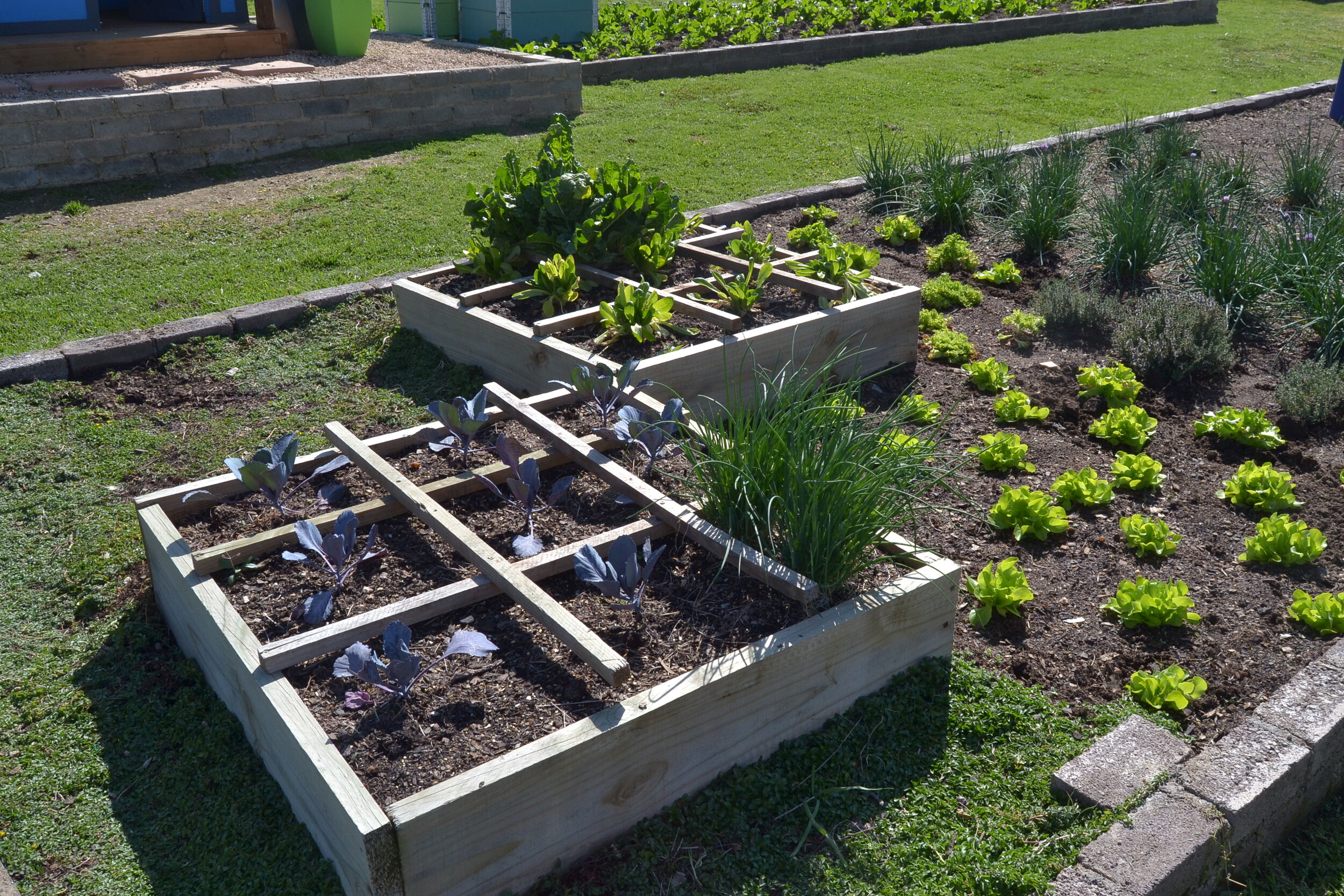Having an area where herbs, vegetables and fruits can be found at various times throughout the year can be incredibly rewarding. Any homemaker knows the joy of stepping outside and picking perfectly fresh herbs to compliment the evening meal. Likewise many of us have childhood memories of climbing fruit trees in back gardens and can recall the delight of discovering edible treasures.
The landscapes we live in need to be a provider in order to benefit us and bring value to the community in which we live. I give my neighbour lemons and she gives me sweet potatoes in exchange. Sharing the joy of gardening and tending the earth is something that not only brings delight to an individual, it also has the ability to bring people together, provide food during times of shortages and educate the next generation.
It would be beneficial for every homeowner to introduce fruit trees, herbs and edible plants into their garden. While fruit trees can be planted anywhere, a vegetable garden is often a designated area where there are beds assigned to edible plants so that it can be easily maintained and cared for.
Now that you are planning a Vegetable Garden here are 5 things to consider:
1. Choose the right Position
Most vegetables and herbs require full sun so choose the position of the vegetable garden carefully. If your garden is very shady it is unlikely that you will be able to have a successful vegetable garden so you may want to consider cutting back some trees or introducing free-standing planters on paved areas.
2. Soil
A whole science on its own, soil needs to be healthy and consist of organic matter, earthworms etc to make sure it is well aerated so that plants will grow well in the medium it is planted in. If soil is too sandy or compacted or clayey it will need to be modified. The best way to do this is to create a compost heap with old leaves and garden matter that is regularly turned and will eventually create compost that can be used in your garden beds.
3. Access
You need to be able to move in and around the plants in order to harvest them, watch for pests, prune and replace and also to get full enjoyment from them. Pathways can be made from brick, pavers, gravel or bark chip.
4. Planting
There has been a lot of research into companion planting and also plants which can naturally repel pests such as Tulbaghia violacea (Wild Garlic), Nasturtiums, Tansy, Marigolds, Cotton Lavender and Geraniums. I also like to have several bushy herbs (Rosemary, Lavender, Sage) and perennial plants (Salvia, Helichrysum, Nemesia) that look good throughout the year so that when certain plants aren’t looking great these still add colour and structure to the garden.
5. Focal Points
In landscape design (as in every artwork) there needs to be certain elements that bring a sense of order, balance and beauty to the landscape. This can be created using focal points and other elements that the eye is drawn towards so that the observer takes in their surroundings and as a whole this atmosphere influences their experience and ultimately their mood. In order to create this atmosphere one can use pots, obelisks, trellises, arches and other objects to create that beauty on the canvas.
Vegetable gardens do not have to be forlorn and ugly. In fact if you have been to Babylonstoren in the Cape you will know that their vegetable garden is unbelievably beautiful and inspiring. Another amazing place to visit for inspiration is The Herb Farm in Midrand. So good luck and let the journey begin!
Gina Switala - Landscape Architect




